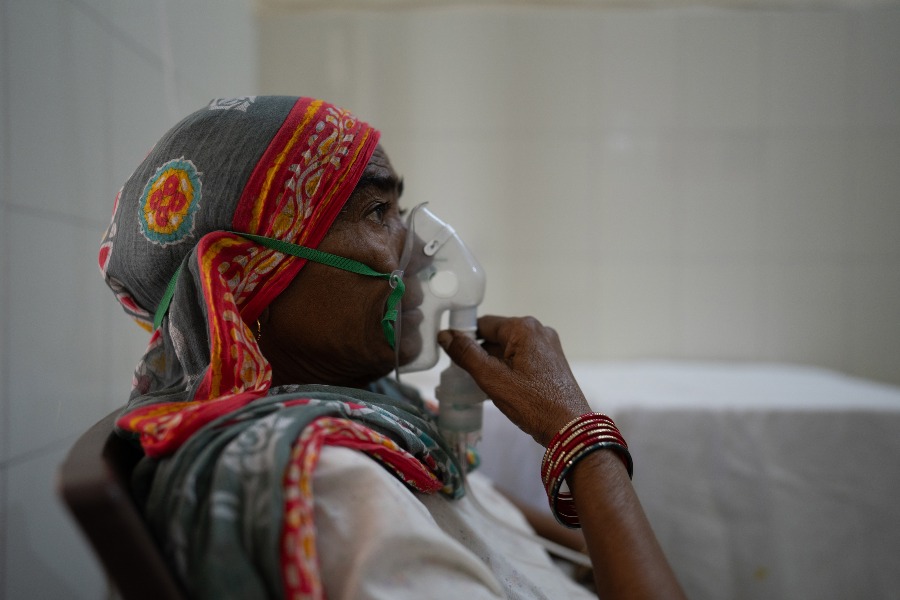
The human body requires servicing and maintenance just like a car does. With this in mind, Audi Kolkata recently organised a talk by strength and conditioning coach and t2 columnist Ranadeep Moitra at the Ballygunge address of Endorphins, where he discussed certain critical aspects related to staying healthy and fit. t2 took notes...
Looks Matter
In today’s day and age, when functional training is the buzzword, looks are important as well — because when something looks healthy, strong and fit, it’s more likely to be so on the inside as well. So when we assess a car, the things we look at — performance, efficiency, and definitely whether the machine can take the wear and tear and not break down.
That is so similar to the human body. You want to look good, you want to perform well, you want to move well, and you also don’t want to break down. You don’t want repairs. You don’t want to end up with a knee replacement, a hip replacement, or some of your organs taken out. And when we’re talking about repairs, I don’t mean just changing the windscreen wipers or replacing the battery. We’re talking about major overhauling.
Then there’s safety. You’ve got to consider what happens if the car crashes. And I personally do not believe in rehab. You have to pre-hab, which is preempting.
Load Your Bones
Forty per cent of urban males in India suffer either from osteoporosis or osteopenia (bones becoming fragile or losing some density). The only way to increase bone density is to load the bone. When the bone is loaded, cells called osteoblasts deposit proteins and minerals on the surface to form new bone. Thus the bone gets denser with each successive load. It doesn’t necessarily have to come from strength training, which is merely an artificial, synthetic environment we’ve created. It can be outside activities, like the way people in villages lift heavy goods or agricultural implements. The weight must be heavy enough for you to struggle after six to eight reps.
Primal Patterns
Those movements that early man needed to learn quickly to be able to negotiate the environment around him. Our bodies have come to accept those primal patterns: the squat, the lunge, the bend, pushing, pulling, the gait and the twist. We teach them independently or in combination. We feel the human musculoskeletal system owes a lot to these movements. If you can perform these movements well, then your muscle system will not fall sick. But if you struggle with any of these movements, that’s a sign that a problem might exist.











